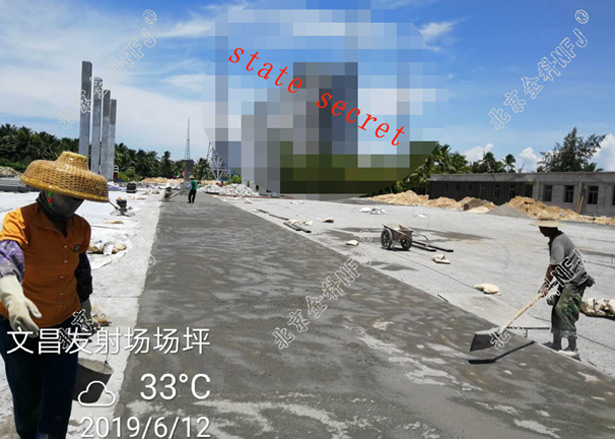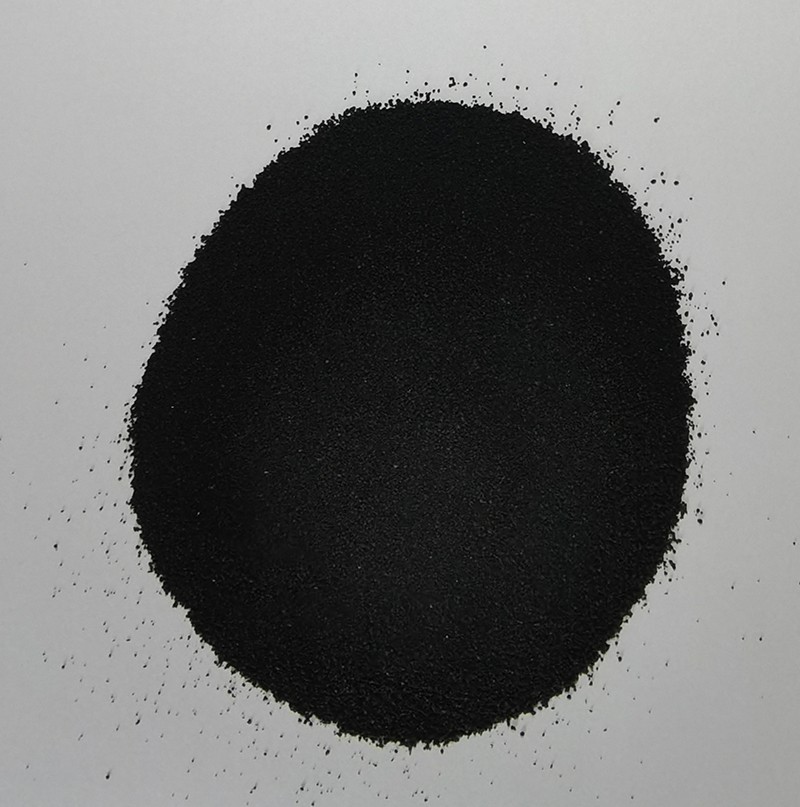Foamy fiber for lightweight structures represents a significant advancement in material science, addressing the growing demand for sustainable, strong, and lightweight materials across various industries including aerospace, automotive, and construction. This innovative approach leverages the unique properties of foam and fiber composites to create structures that combine lower weight with enhanced mechanical performance.
Foamy fiber composites typically consist of a foamed polymer or metal matrix reinforced with fibrous materials such as aramid, carbon, or glass fibers. The integration of foams with fibers allows for the attainment of optimal structural efficiency, dramatically reducing weight while maintaining or even improving structural strength and stiffness. The inherent porous nature of foamy materials not only contributes to reduced density but also provides additional benefits including thermal insulation and sound dampening, making them ideal for applications where these properties are advantageous.
The versatility of foamy fiber technology is underscored by its applicability across diverse industries. In aerospace, for example, the stringent weight requirements demand materials that offer the best possible strength-to-weight ratios. Foamy fiber composites can lead to substantial fuel savings and improved performance of aircraft. Similarly, in the automotive sector, these materials are being explored to enhance vehicle efficiency through weight reduction without compromising safety and comfort. In construction, foamy fiber materials can contribute to sustainable building practices by offering insulation combined with structural integrity, thus addressing environmental concerns associated with traditional construction materials.
Recent advancements in the manufacturing processes of foamy fiber composites, such as additive manufacturing and advanced molding techniques, have further enhanced their potential. These innovations allow for the creation of complex geometries and tailored properties that meet specific performance criteria, fostering a new era of design freedom and functional optimization.
In conclusion, foamy fiber for lightweight structures exemplifies a promising synergy between innovative materials and engineering needs. As industries continuously seek methods to optimize performance while adhering to sustainability goals, the development and application of foamy fiber composites represent a critical area of expertise. This evolving field not only demonstrates the potential to reshape material applications but also underscores the importance of interdisciplinary collaboration between materials scientists, engineers, and industry professionals to drive future innovations.
Show More >>
PRODUCTS
You are welcome to contact us at any time, please write the message here and we will reply you in 24 houre. thanks foryour support.



